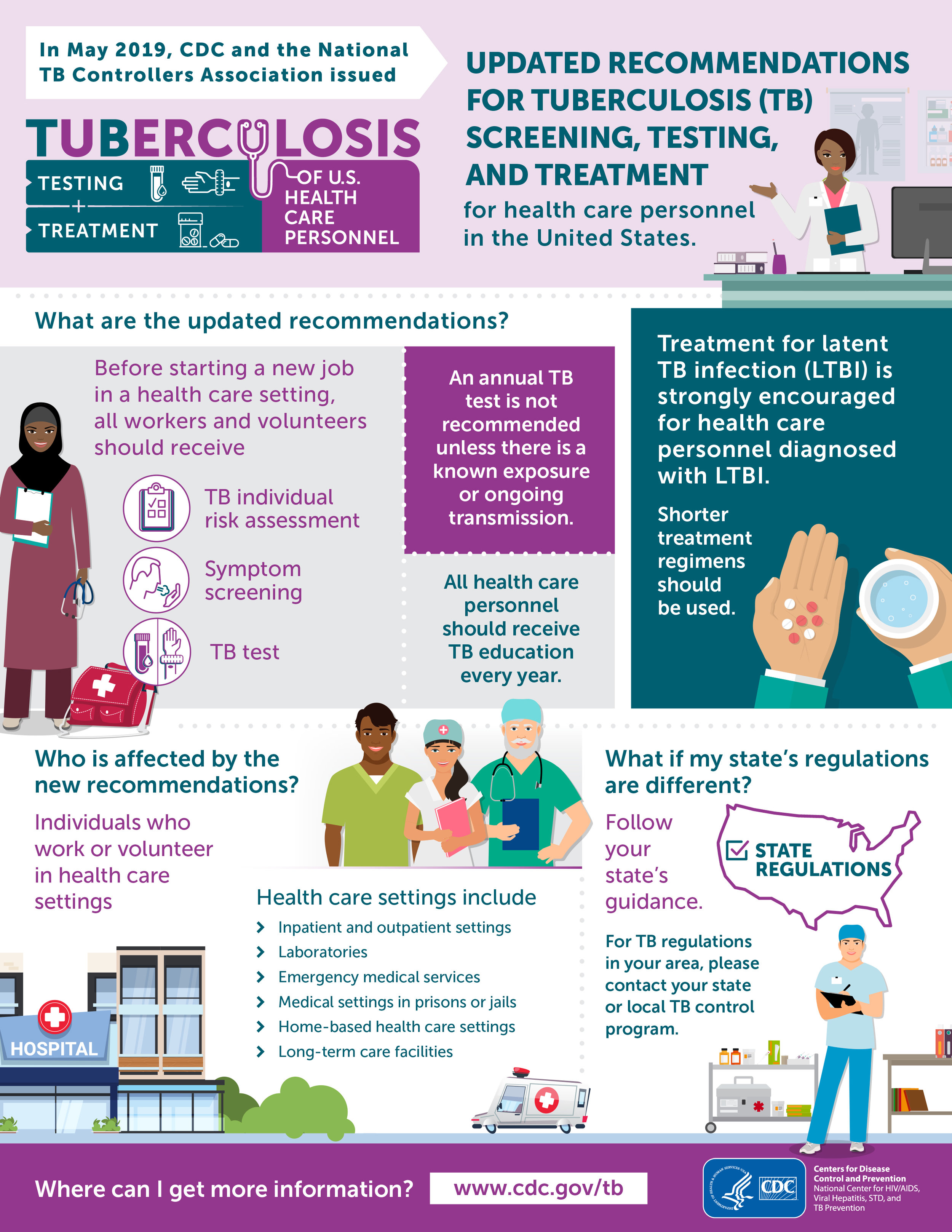The World Health Organization (WHO) has declared the Ebola outbreak in the Democratic Republic of Congo (DRC) as a "public health emergency of international concern."
As a WHO news release notes, the declaration follows recent alarming developments concerning the outbreak, including the first confirmed case in Goma, the capital of North Kivu province located in the eastern DRC. About two million people reside in Goma, which is on the border with Rwanda and is described by WHO as "the gateway to the rest of DRC and the world."
WHO released a statement that included a series of recommendations for affected countries, neighboring countries and all countries.
Despite the declaration, WHO acknowledged that the risk of Ebola spreading beyond the affected area is presently low. During a press conference, WHO Director-General Dr. Tedros Adhanom Ghebreyesus is quoted as stating, "Our risk assessment remains that the risk of Ebola spread in DRC and the region remains very high, and the risk of spread outside the region remains low."
The latest Ebola outbreak in DRC was declared in August 2018. As of July 15, 2019, WHO reports the total number of confirmed Ebola cases in the DRC at more than 2,400 and nearly 1,600 confirmed deaths.





